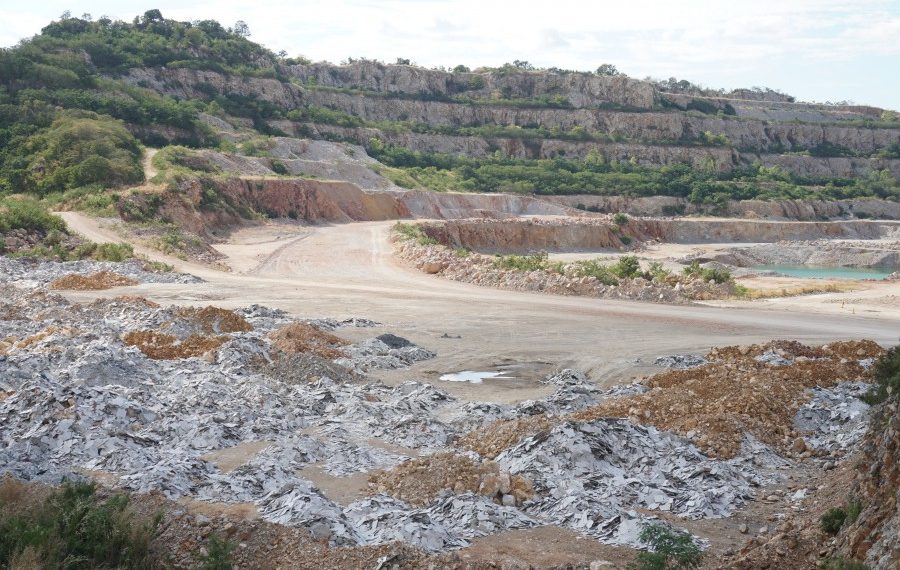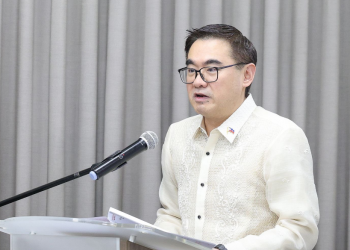After processing the right permits and adhering to the standard regulations and procedures for operation and transactions, it is a must that the area is rehabilitated. As stated in the seven commandments on responsible mining, “Thou shalt protect the environment at all cost” and “Thou shalt promise rehabilitation.”
According to the implementing rules and regulations of the Philippine Mining Act of 1995, mining firms should implement a Final Mine Rehabilitation and Decommissioning Plan (FMRDP) or a mine closure plan in their Environment Protection and Enhancement Programme (EPEP) submitted to the Mine Rehabilitation Fund Committee.
All mine closure scenarios and cost estimates for the implementation shall be considered and included in the FMRDP. Inflation, technological advances, unique circumstances encountered by the operations, among others, must also be taken into account. It is a must that these contractors and permit holders rehabilitate the excavated, mined-out, tailings covered and disturbed areas per FMRDP or mine closure plan.
Moreover, the government established an environment guarantee fund mechanism known as the Contingent Liability and Rehabilitation Fund (CLRF) that comprises of:
- The Mine Rehabilitation Fund (MRF), a reasonable environmental deposit that ensures the availability of funds for the compliance of the commitments and performance of the activities as stated in the EPEP
- The Mine Waste and Tailings (MWT) fees, a biannual collection based on the amounts of mine waste and mill tailings acquired for the said operation period and to be used as compensation for the damages caused by the project; and
- The Final Mine Rehabilitation and Decommissioning Fund (FMRDF) that ensures that the full cost of the approved FMRDP is met before the end of the operating life of the mine
Additionally, as stated in the Administrative Order issued by the DENR in 2018, MAs or FTAAs holders and contractors of similar tenements must submit and secure an approved Three-Year Development/Utilization Work Program (3YD/UWP) that includes a detailed description of the course of every phase of the operation covering a three-year mining cycle with the term on a mining tenement.
Being knowledgeable of these requirements and procedures does not only benefit the mining corporations to avoid being penalized and suspended because of illegally mining in the area but also the local government units and the locals living within the vicinity of the mining site.
Advocating for responsible mining is a collective effort by the mining corporations, the government, and the people — meaning, the call for responsible mining should not only depend on the adherence of mining corporations to the rules and regulations nor should the government be the only group monitoring and reviewing the mining operations in the area.
At the end of the day, our goal is not to antagonize one group nor to pit the groups against each other but to fulfill our general responsibility to the country by protecting and preserving the environment while not compromising the economy.
Sources:
Getting The Deal Through
The Philippine Mining Club














